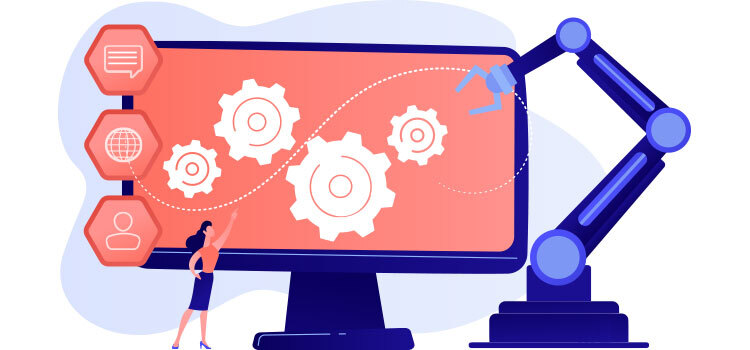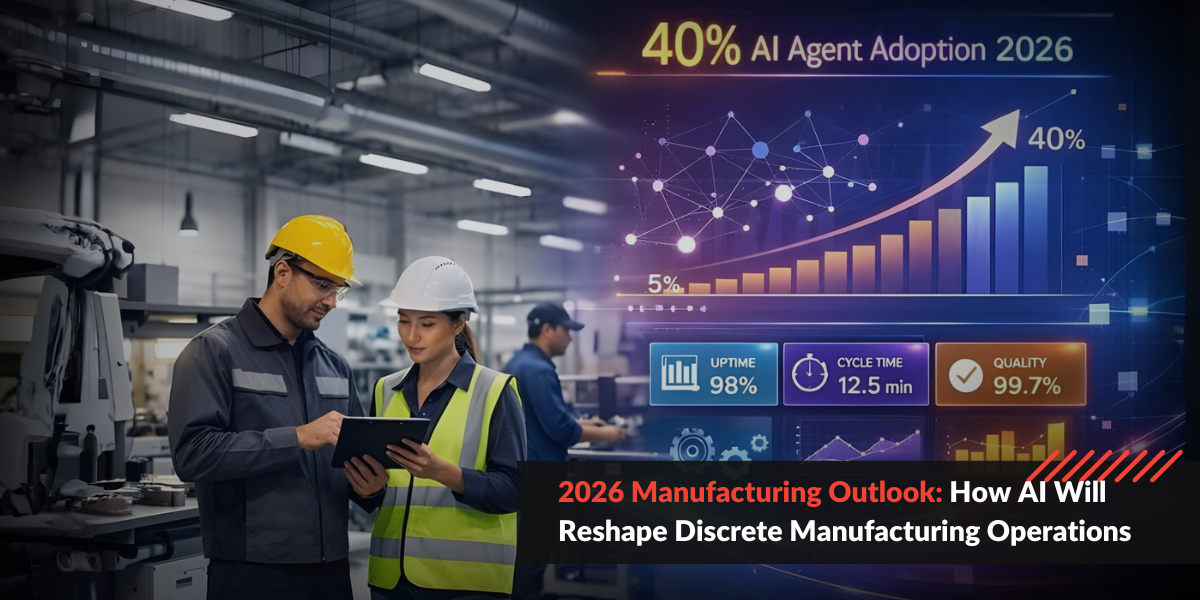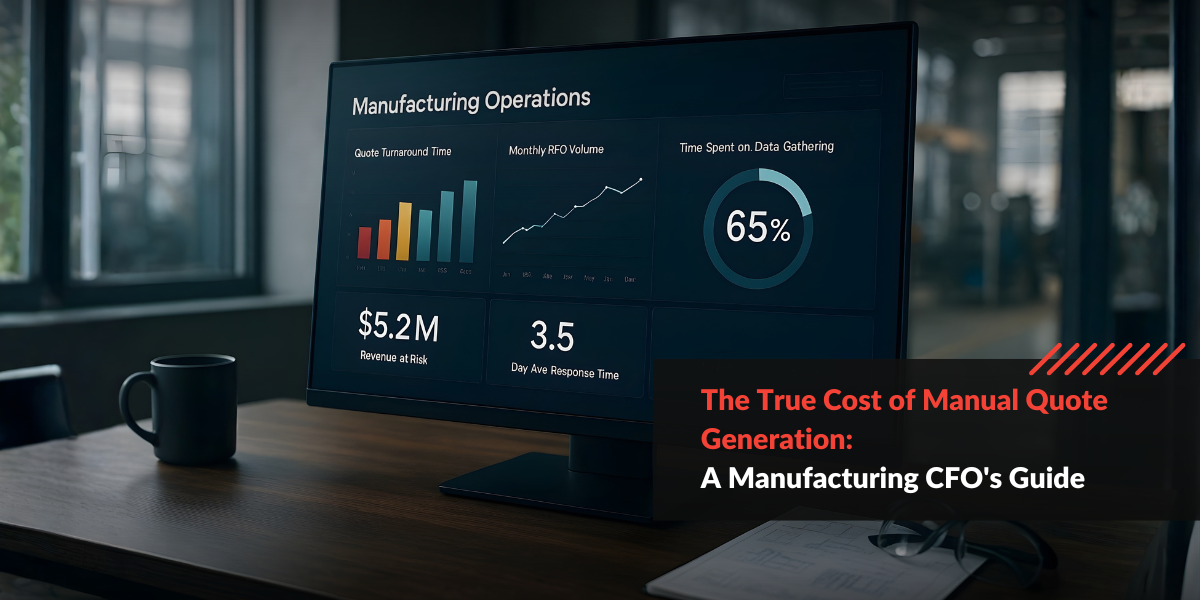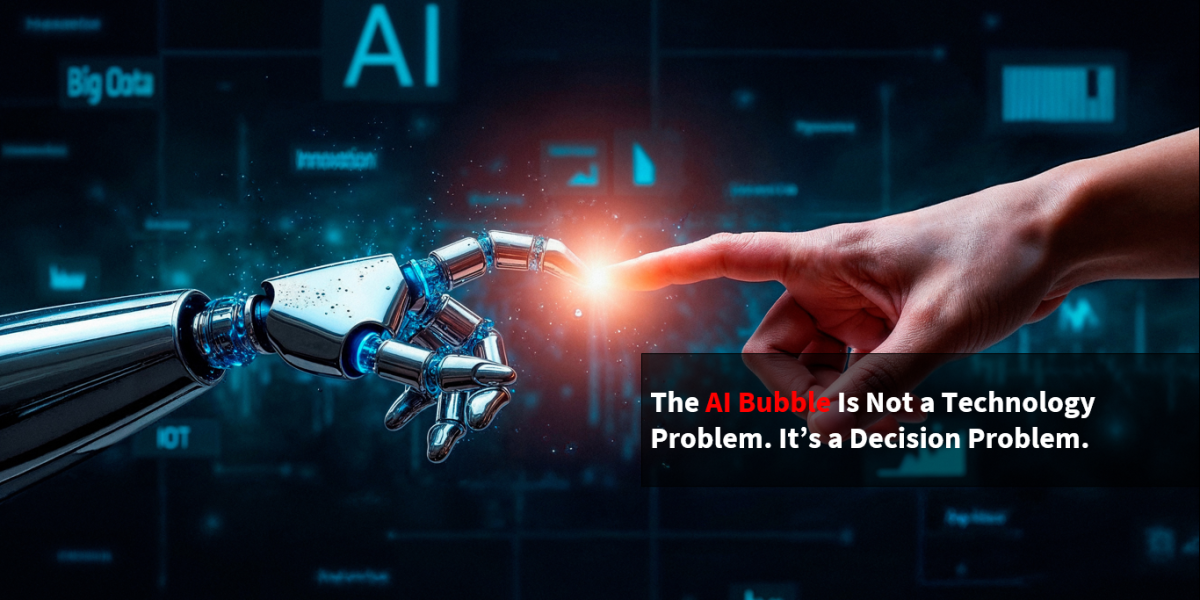Hyperautomation driven by Intelligent Process Automation (IPA) is one of the hottest disruptive technological trends taking enterprises by storm across industries. It is listed in Gartner’s Top 10 Strategic Technology Trends for 2021 and research by Gartner indicates that by 2022, 65% of organizations will introduce IPA that leverages Machine Learning (ML) and Natural Language Processing (NLP).
The Rising Popularity of IPA & Hyperautomation
In today’s modern era, unstructured content accounts for nearly 85% of the content that an enterprise processes and the volume is growing every year. The synergy of IPA’s Artificial Intelligence (AI) and Robotic Process Automation (RPA) enables automation of unstructured content and end-to-end process automation aka hyperautomation. The AI component automates data-intensive, highly-repetitive processes with unstructured content in myriad heterogeneous formats. The RPA component serves to mimic human actions, bridge disparate systems and applications, and connect legacy applications if needed. Business users can automate practically any repetitive task or process with massive operational improvements, reduced cost of data processing, scalability and the ability to optimize processes more intelligently. Simply imagine your use case, and automate it.
Industries such as healthcare, hospitality management, real estate, logistics, Banking Financial Services & Insurance (BFSI), shared services and more have leveraged IPA with massive success. Is your organization ready to harness hyperautomation for massive operational improvements, ROI and a competitive edge?
Top 5 Hyperautomation Trends in 2021
Let’s take a look at some of the hyperautomation trends coming up in 2021.
- IPA Makes a Splash in Mainstream Business
Intelligent Process Automation (IPA) that enables hyperautomation is ready to take center stage in mainstream business operations across industries. While IPA was mainly implemented in niches and highly specialized use cases, we are entering a new era where IPA comes out of the corners and is utilized in routine business operations. For instance, intelligent automation of HR onboarding, customer or team support, IT support, accounts payable processing, CRM updation, generation & delivery of invoices are just some of the examples of use cases that can leverage IPA. This spans functions such as IT, customer support, sales, HR, finance and more.
The increased range of hyperautomation capabilities as well as the lower Total Cost of Automation (TCA) are factors contributing to this skyrocketing popularity of IPA. Moreover, the advent of IPA solutions that enable quick and easy deployment with no specialist knowledge is making adoption much easier and faster, overcoming typical obstacles and delays that typically plague adoption of innovative technology. The possibilities for use cases are practically limitless and the doors to the future of hyperautomation are wide open to every enterprise regardless of industry.
- Democratization of Automation
In its nascent stage, Intelligent Automation was typically leveraged for highly specialized tasks with a team full of knowledgeable specialists to get it up and running. We are witnessing the dawning era of democratization of automation where technologies such as IPA, AI, RPA are becoming highly available and easier to implement for massive business transformation. This improves operational efficiency and also aids the hyperautomated process or department function as an intelligent business partner. These game-changing abilities are becoming democratized – available to every organization. You don’t have to be a rocket scientist to leverage this technology. Business users with no in-depth knowledge are being empowered at all levels by hyperautomation that handles the grunt work automating highly-repetitive and data-intensive tasks with greater accuracy, speed and scalability than humanly possible.
- Bot-as-a-Service
Convenient, affordable models of utilization with low infrastructure footprint make it easy to adopt intelligent automation solutions that get up and running quickly with minimal investment and no business disruption. We have seen Software-as-a-Service (SaaS) models become the new normal; soon Bot-as-a-Service will be the predominant model for harnessing IPA solutions that drive hyperautomation for businesses. Unlocking enhanced capabilities, greater efficiency and intelligent process optimization will be so easy that Bot-as-a-Service will become ubiquitous across industries.
- Higher Adoption of Intelligent Automation
We are witnessing higher adoption of intelligent automation across industries and this rate will continue to rise for myriad use cases across a plethora of industries. Previous roadblocks such as high entry costs, the need for specialized knowledge, the question of Total Cost of Automation (TCA) and ROI, and the effort needed to sustain the initiative are no longer barriers. The advent of democratized intelligent automation has conquered many of these challenges. Moreover there is no longer hesitation to adopt this technology as business users see clear evidence of the massive operational improvements it can bring about. When a feasible use case is chosen, many businesses have seen an ROI of 300% in the first year. All these factors serve as greater impetus to adopt this disruptive technology for diverse use cases across practically every industry.
- IPA Drives Process Optimization
Optimization of business processes arises as part of identifying use cases for IPA. Part of this stage entails mapping out the candidate process and eliminating redundant steps or inefficiencies, streamlining the process for maximum value.
Hyperautomation drives a deeper shift for businesses. It enables the automated function or process to perform as an intelligent business partner that supports business goals and empowers team members who draw on the output of the IPA use case for their operations. For instance, a major US automobile dealership that leveraged IPA for faster quote processing provided faster, more relevant responses to customer queries. This enabled the sales team to close sales faster and increased sales for their business. Thus, the IPA solution was implemented with operational improvements in mind, and ultimately served to increase the revenue and sales that are vital business goals.
If you haven’t considered Hyperautomation in your 2021 business strategy yet, you risk falling behind companies who are adopting this innovative technology. Gain insights and inspiration from 7 Steps to Identify an AI Use Case and Pointers for Success on Your First AI Project.
Take a look at how Intelligent Automation is Saving the Day for Businesses Managing Remote Teams. This is a crucial capability while recovering from the aftermath of the COVID-19 pandemic and for continuing business operations in adverse circumstances.
If you’d like to explore opportunities where your business can benefit from IPA implementations for hyperautomation, the Rapid Acceleration Partners team would be glad to help. Our next-gen, AI-powered content intelligence platform RAPFlow enables full lifecycle AI orchestration on a single platform. When used in tandem with our RPA solution RAPBot, it provides end-to-end workflow automation capabilities that can be deployed in just weeks. You can even build your own use case and the platform can easily integrate with your existing systems. Book a demo to get a more detailed understanding of how our products can transform your business.




